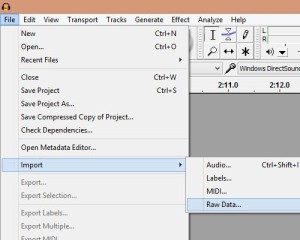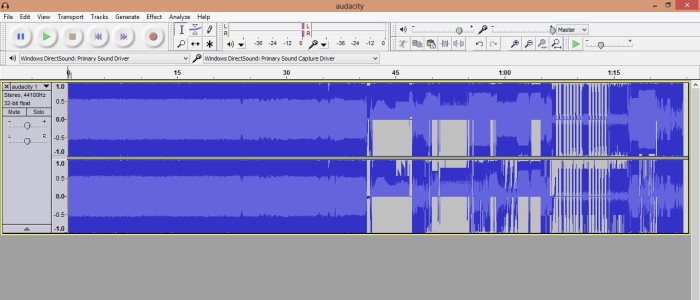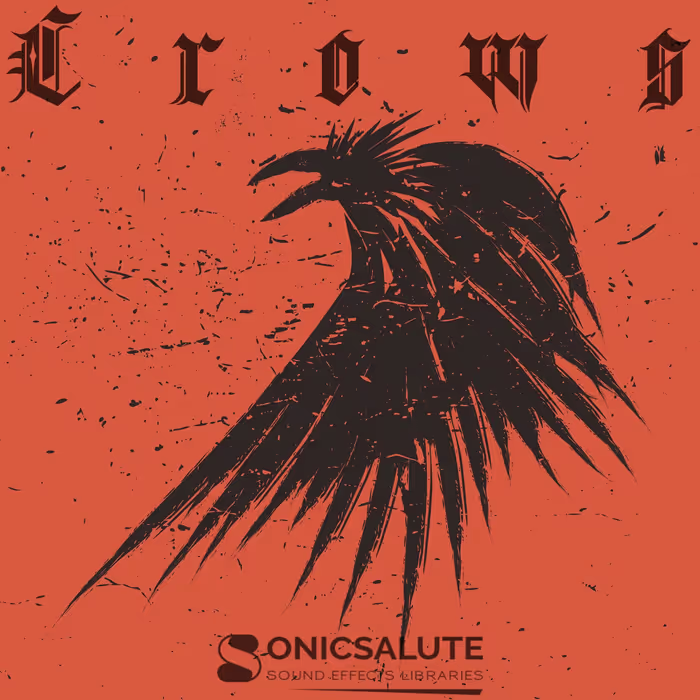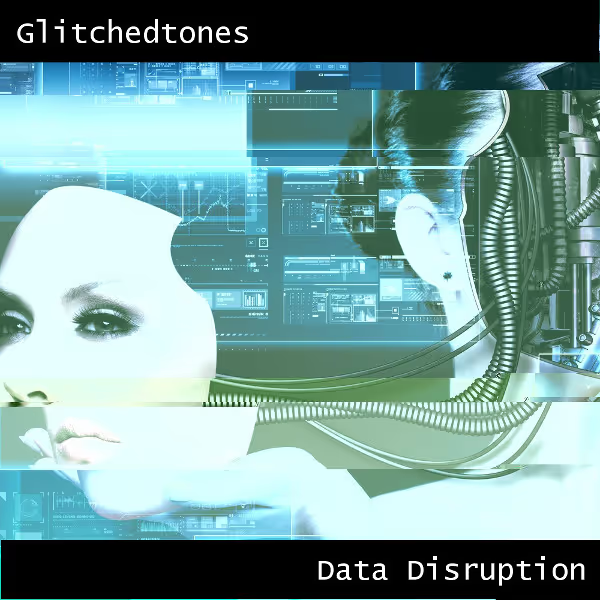Databending is an art form where flaws in digital systems are exploited and used for creative purposes. Most popular in Glitch Art circles due to its ability to seriously corrupt image and video files, Databending can also produce sonic artifacts which can be useful to have in your sound library and use as an inspiring platform from which further sound design can begin.
I began experimenting with Databending via my visual artwork, which encompasses the hacking of image (and sometimes video) files in text, hex and audio editors. During these processes, I was opened up to the multitude of bonus audio delights which emerged from these experiments.
Having always had a fascination with Glitch, Noise and alternative approaches to sound design, Databending was something I was keen to embrace and implement in my audio work. The ‘random/chance’ nature, never quite knowing what sounds a file is going to throw at you and the old adage of finding ‘diamonds in the rough’ is an approach I take with the majority of my work.
For the uninitiated, I’d like to describe a single Databending process to serve as an introduction to the technique and one which is highly beneficial to any sound designer who would like to break free of convention.
A simple method of Databending can be achieved by opening non-audio files as ‘raw data’ in Audacity, although any audio editor with the ability to open raw files should work too. The software will deliver an audio representation of the data and provide a highly malleable stream of noises and glitched-out sounds.
The technique works best with files which are not too heavily compressed, for example, a JPEG will mostly result in a short run of white noise, whereas a Bitmap or executable file will throw out all sorts of lengthy, glitchy goodness that is just ripe for the plucking.
The results which can be gained from meticulous and ruthless editing are vast
Experiment with different file types and stick with the ones which give you the best results. Although it’s rare that you will use the audio in its entirety, the results which can be gained from meticulous and ruthless editing are vast…
Cutting out microsecond snippets provides a plethora of unique percussive effects that will liven up your rhythm tracks, while other edits can be perfect for some original multimedia notification sounds such as rollovers, navigation tones, error buzzes and so on. Lengthy drone-like sounds can emerge from a Databent file, rhythmic elements will surface, a sneaky bass tone and so on… Use your ears and imagination and you are on your way.
Going into Databending with an open mind and taking the time to listen through files featuring extreme digital distortions, taking note of and cutting out any ‘sweet spots’, will bring you a whole new, versatile sonic palette. If you decide to process and add effects to your edits, then there is even more scope for unique sounds.
So, here’s how it works – I’m using the free audio editor Audacity for this example:
A Quick Start Guide To Databending In Audacity
 First of all, head to File>Import>Raw Data. Next you need to select a file. For this guide, ‘audacity.exe’ is used but the choice is yours, import various file types and find out which ones give you the best results to work with. Generally, .exe, .bmp and .dll file formats give great sonic artifacts.
First of all, head to File>Import>Raw Data. Next you need to select a file. For this guide, ‘audacity.exe’ is used but the choice is yours, import various file types and find out which ones give you the best results to work with. Generally, .exe, .bmp and .dll file formats give great sonic artifacts.
 The default import settings are fine to get instant results, the only thing changed here is the Channels (from Mono to Stereo), but experiment with all the options available as they give differing results.
The default import settings are fine to get instant results, the only thing changed here is the Channels (from Mono to Stereo), but experiment with all the options available as they give differing results.
As you can see from the image below, the file results in a harsh wall of sound and is over a minute long, which is plenty of material to edit down into smaller, glitchy elements or lengthier passages of digital noise. Head to Effect>Normalize to tailor the volume (I went with -6dB), as some of the results can be a little too loud!

Hit File>Export and render to an audio format of your choice.
Here’s what it sounds like:
And here’s another example – a Bitmap as Raw Data:
And finally, here is a short set of edited sounds from my Data Destruction sample pack:
Playing with Raw Data in Audacity is just one of many ways in which you can obtain fresh audio from Databending. Explore all the possible options, ruthlessly edit, process as you please and most importantly, experiment and don’t adhere to any ‘rules’.
And above all, have fun!
Check out some his libraries below, and follow his sonic adventures on his Facebook page:
from a myriad of independent sound creators, all covered by one license agreement
- a few highlights:








